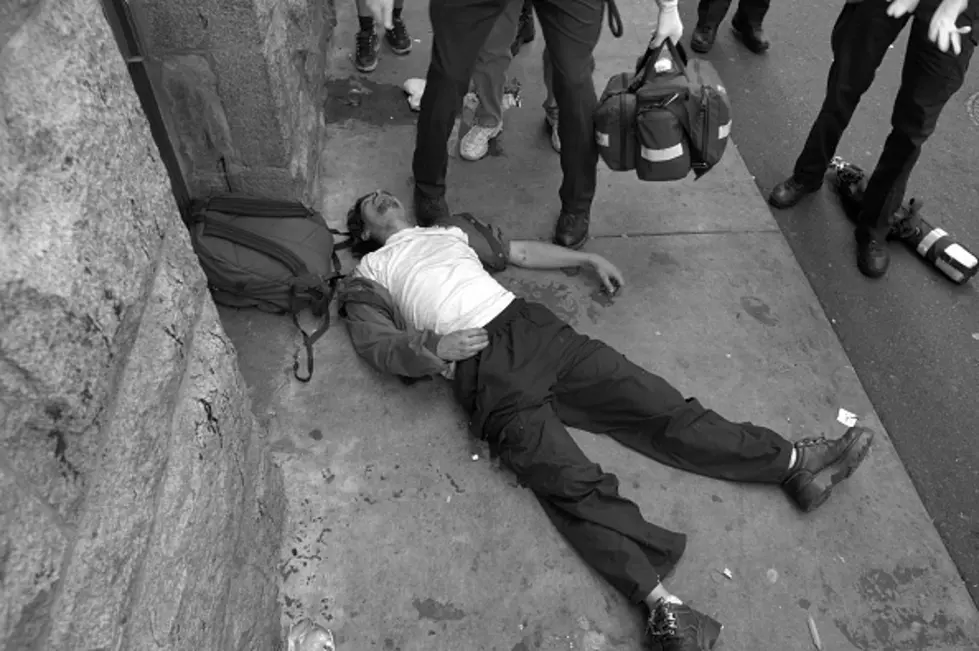
Obnoxious & Dangerous Yakima Tailgaters. Have You Been Targeted?
This is somewhat of an open letter to those who find it acceptable, necessary, or beneficial to tailgate another driver.
It’s also a call to action, in whatever form that may take, for those of us who don’t engage in such idiotic behaviors, but all too often find ourselves targeted by those who do.
Is Tailgating in Yakima a Problem?
The mindless practice of either deliberately or thoughtlessly following dangerously too close to the vehicle in front of you is one of the most common causes of preventable auto accidents and the resulting injuries. Nearly 10,000 crashes were caused by this heinous practice last year alone, according to the Washington State Patrol. So, yes, it’s a problem locally and around the state.
How Close is Too Close When It Comes to Tailgating?
The rule of thumb that most of us learned in our driver training courses and hopefully from Mom or Dad, is the good old 10-Miles-Per-Hour rule. That is simply – maintain one car length for every 10 miles per hour you’re traveling. For example, if you’re in a school zone and going 20 miles per hour, keep two car lengths in front of you. If you’re going 70 miles per hour on I-82, keep seven car lengths in front of you. The fact is, there’s not a specific rule in Washington State. The RCW states that you have to be at a “reasonable and prudent distance” from the vehicle in front of you. Of course, one has to take speed and road conditions, and weather into consideration and then adjust accordingly. The point is, should the car or truck in front of you need to suddenly stop, you need to ensure you’ll have ample time to react and prevent an accident.
What are the Worst Roads in Yakima Where Tailgaters are a Nuisance?
For me, on a daily basis, several times per day, it’s Summitview Avenue. I live right off of Summitview and our offices are on Summitview so I need to travel that road a lot. The residential section between 7th and 40th Avenues has a posted speed limit of 30 MILES PER HOUR. I encounter people daily who seem angered by the fact that I’m not going 45 or 50. Guess what, if you tailgate me, I go as slow as the law allows.
I don’t drive SLOWER than the speed limit and I do my part to keep traffic rolling. I generally run about 32 MPH in the 30 zones. So, the argument that I’m driving like my grandmother is not a valid one. First of all, she’s been dead since 1969 and second of all, that’s a pretty sexist, agist, and a gender-biased thing you’ve said there. Shame on you. By the way, if you get fined for tailgating – the ticket is $136. If the tailgating results in an accident – it goes up substantially. Not surprisingly, many of those who’ve caused a tailgating crash also happen to be among those reckless and law-breaking motorists who don’t maintain car insurance. Why does that not surprise us?

Check Out The Top 21 Worst Intersections in Yakima
LOOK: See how much gasoline cost the year you started driving
How Many in America: From Guns to Ghost Towns
More From News Talk KIT









